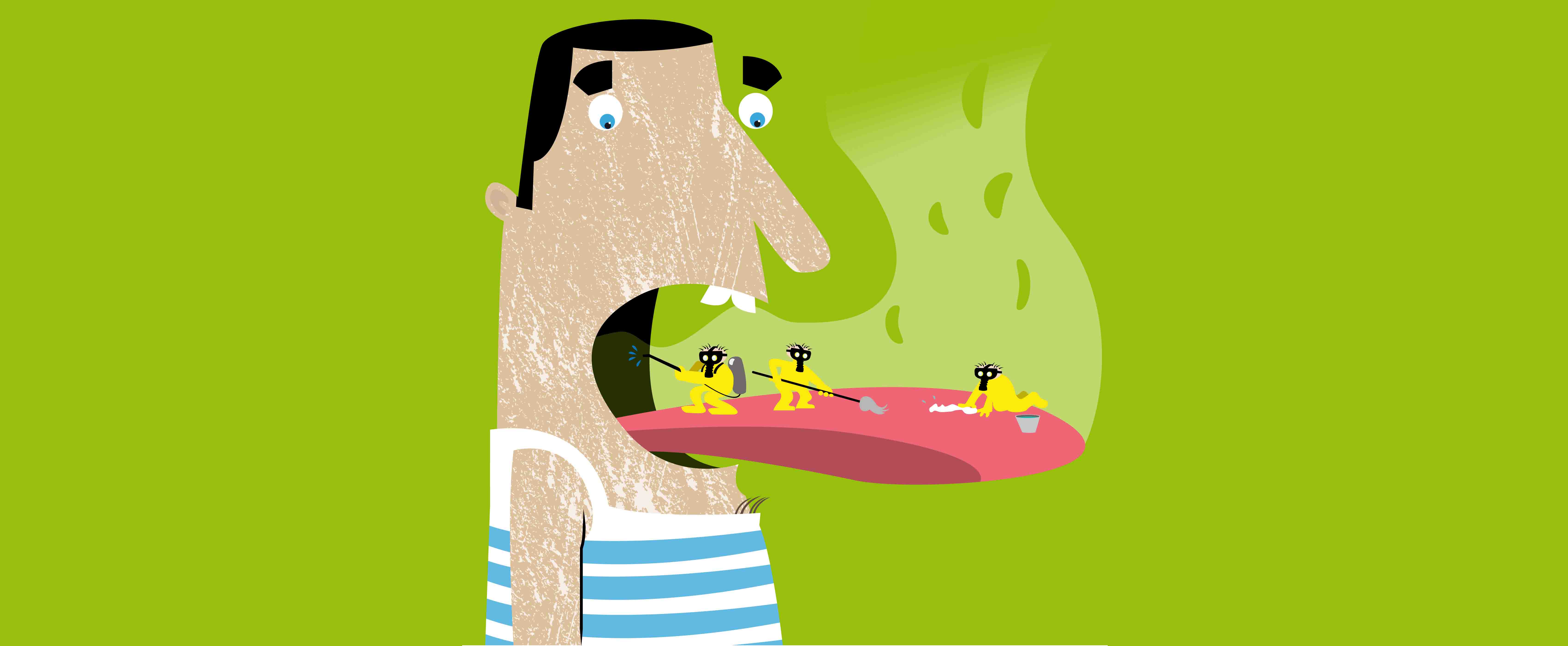

by The Cosmetic Chemist Staff
Oral malodor, also known as halitosis, is an undesirable byproduct of a variety of conditions including systemic diseases and diseases of the oral cavity as well as the consumption of certain foods and beverages (e.g., coffee, raw onions, garlic, etc.). It is also caused by poor oral hygiene and can have negative social consequences to the bearer of the odor. This type of malodor is a result of bacterial activity in the oral cavity, which produce volatile sulfur-containing compounds that have a distinct odor.

The tongue probably bears the most responsibility for oral malodor. Its surface contains many grooves and crevices that are ideal colonies for bacteria. In fact, foodstuffs that remain in the oral cavity usually end up on the tongue and gum tissue, which are the primary sites of the breakdown and metabolism of these food components—a process known as putrefaction. One of the most common methods to evaluate malodor is simply sniffing the subject’s breath. This may be achieved by carrying out organoleptic or hedonic panel tests.